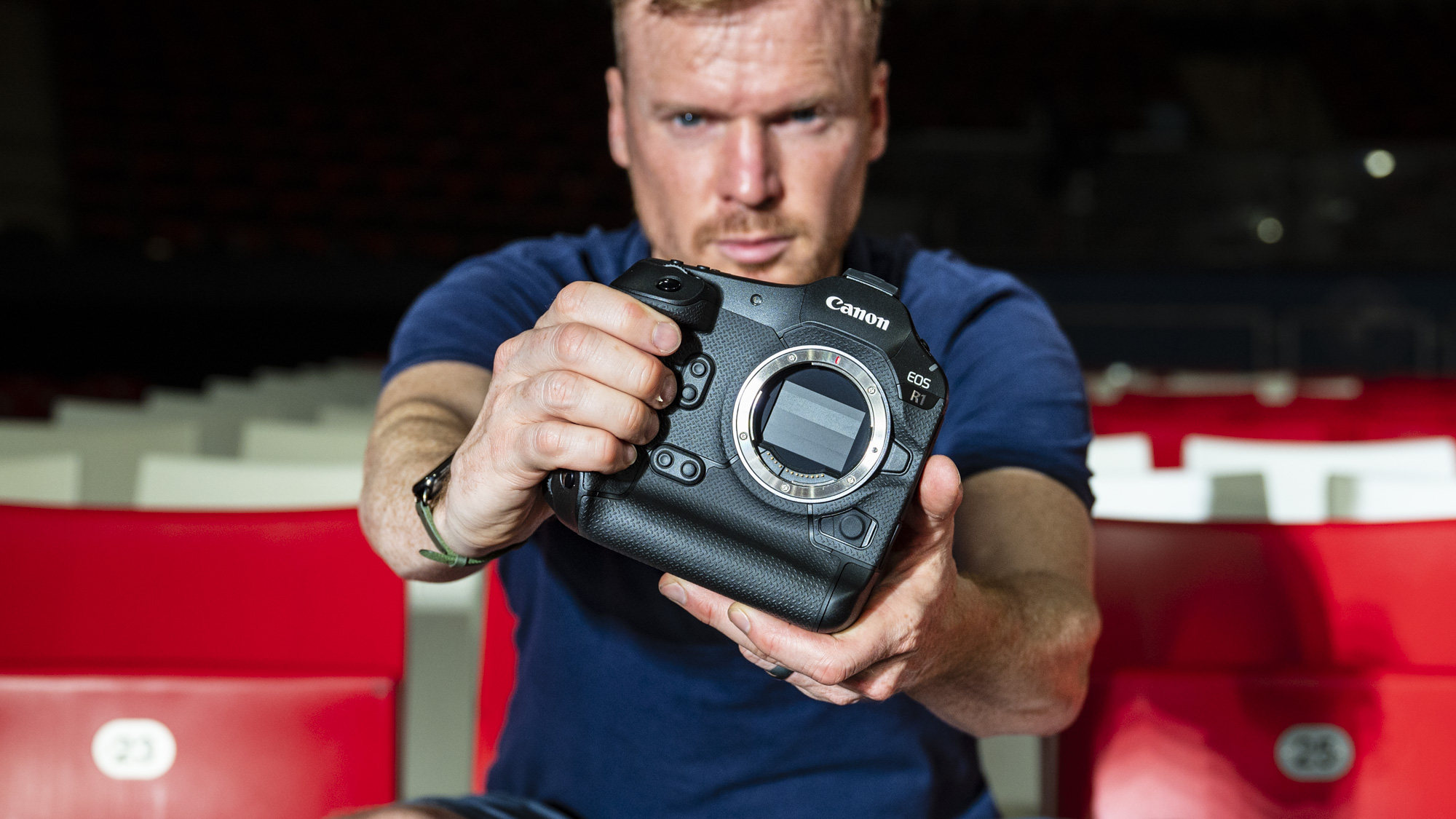
After several years of rumors, the Canon EOS R1 is finally here, and I've had my hands on Canon's new flagship ahead of launch to run the 24MP full-frame professional camera through its paces.
The number 1 has long signified Canon's flagship cameras for sports photography – given to cameras such as the EOS 1DX Mark III, Canon's final DSLR. Perhaps the EOS R3 should have been afforded that name, because the EOS R1 has a EOS R3 Mark II kind of feel to it. But that's neither here nor there now the EOS R1 has launched.
I had the EOS R1, which costs $6,299.99 / £6,999.99 / AU$10,999 for the body only, courtside at a basketball court for an afternoon session, during which time I had the chance to play with its new autofocus system and improved burst shooting to really get a feel for what it's capable of for its target market. Here's how I got on.
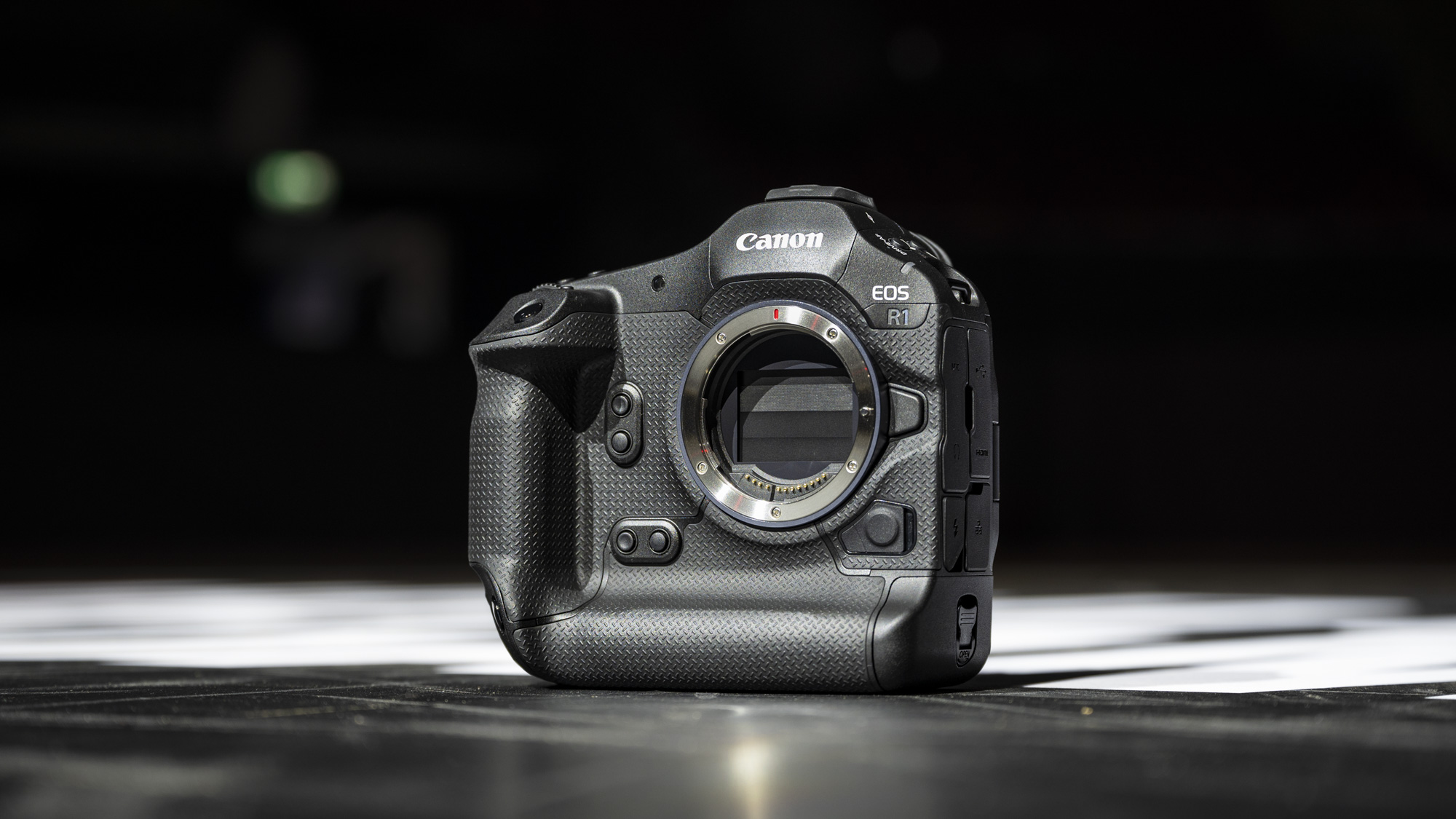
Smarter focusing
There were long-time rumors that a potential EOS R1 would feature Canon's first so-called 'Quad Pixel' autofocus. That hasn't transpired, but what we do have is a refined Dual Pixel Intelligent AF system, also found in the new EOS R5 II launched on the same day.
'Intelligent' being the emphasis here: it signifies that the EOS R1 utilizes 'deep learning' for smarter focusing – a term coloquially labeled in 2024 as AI-autofocus.
What we get is the ability to register up to 10 people in-camera for the EOS R1 to recognize and prioritize them as the tracked subject to focus on. If multiple people are in the same frame, you can quickly scroll between subjects using the AF joystick.
This is a neat feature especially if you're photographing a wedding and want to ensure the bride and/or groom are the ones in focus. Or in sports scenarios say if you want to focus on one team of players only.
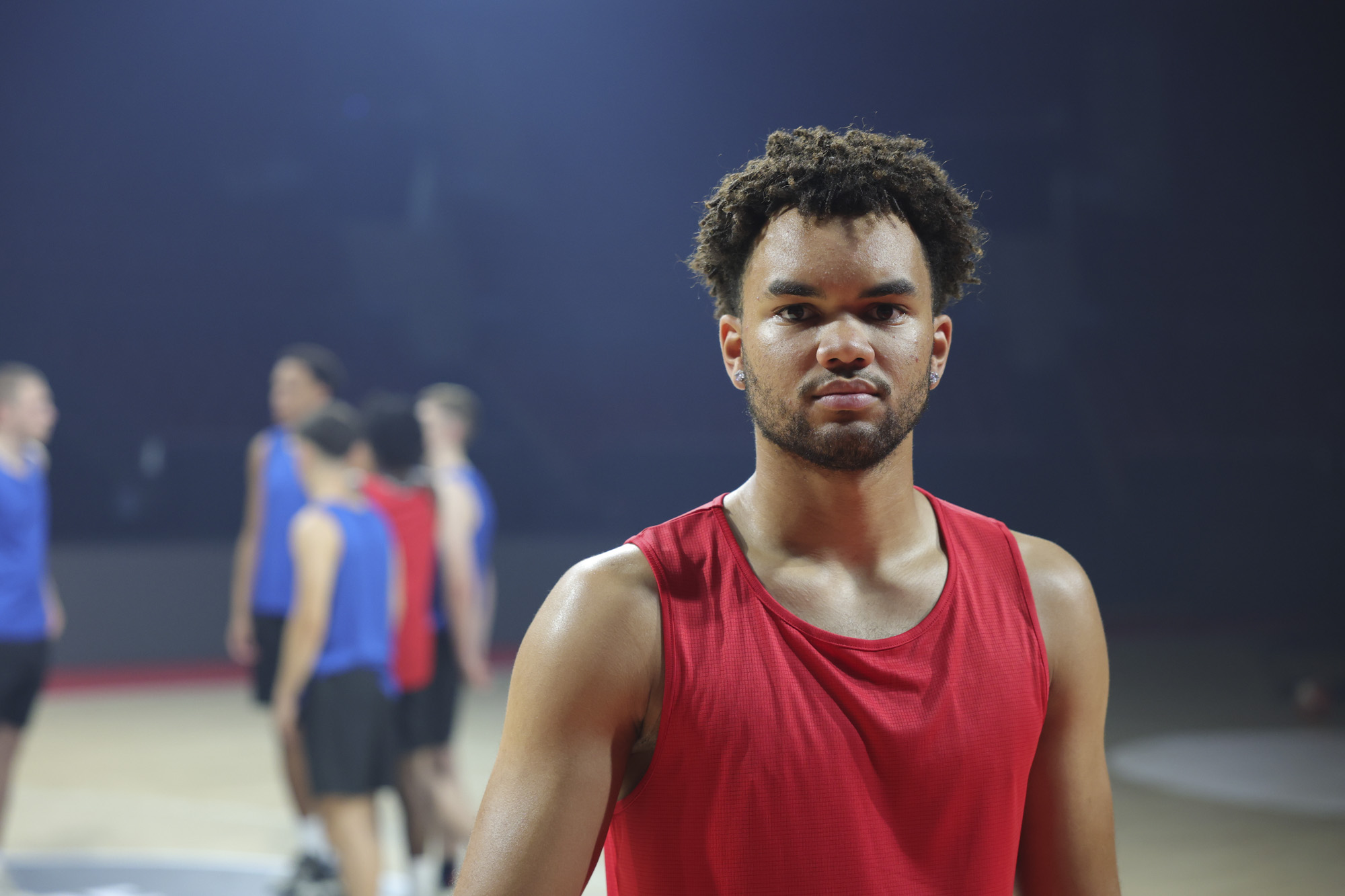
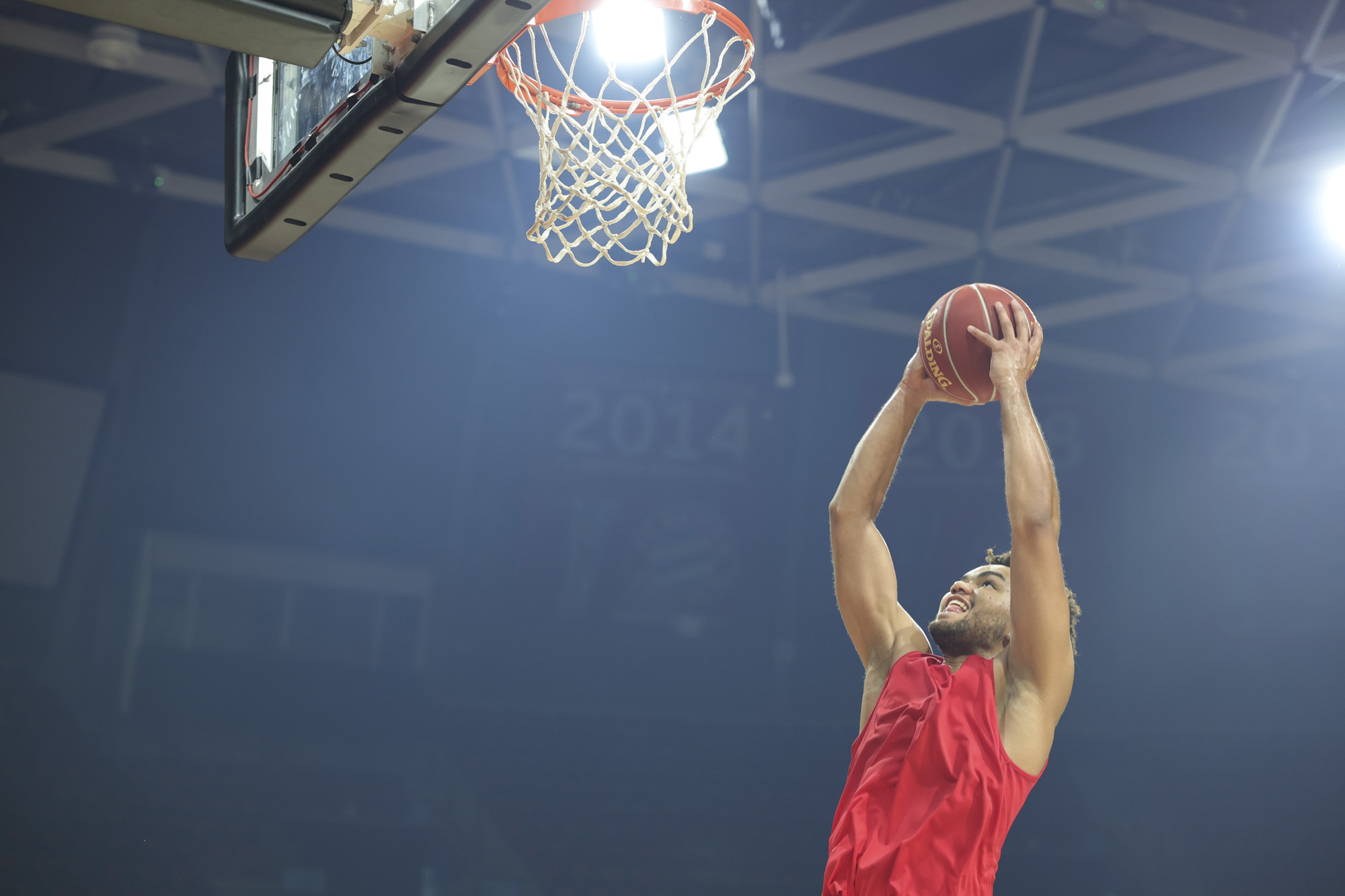
There's also Action Priority focus modes that are fine-tuned for specific sports and able to recognize common movements and who has the ball, again to prioritize the best part of the action to focus on.
Currently there's support for three sports: football, basketball and volleyball. There's no word on if and when new sports will be added, and if they can be added via a firmware update or you'd need to wait for a future model.
Another feature in the EOS R1 is Eye Control AF, which can also be found in the EOS R3, but Canon says the new refined version in the EOS R1 is doubly effective. There's a sensor in the viewfinder that knows where your eye is looking in the frame, and automatically adjusts the focus area to what has your attention.
You'll need to initiate Eye Control AF first, following a few clear and quick steps to register your eye. But the feature is reliable and, trust me, you have to try it, it's superb.
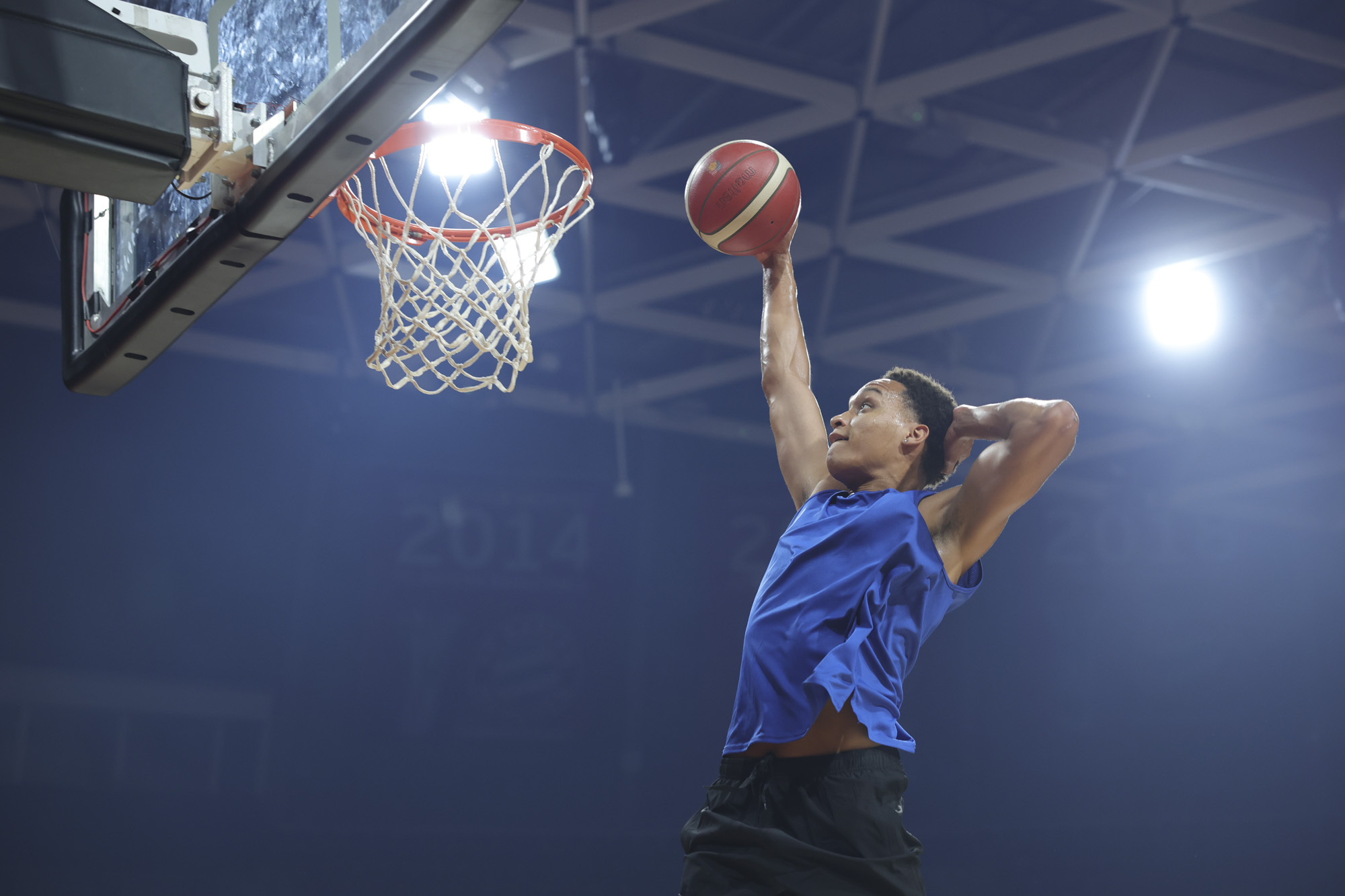
The improved autofocus system is supported by a new second processor that Canon calls a DIGIC Accelerator, which sits alongside the DIGIC X processor. The twin processors can quickly analyze scenes for intelligent high-speed autofocus tracking, and deliver up to 40fps continuous shooting for 24MP photo sequences longer than you'll realistically ever need to keep shooting for.
It all sounds great, doesn't it? But what is the system like to use for real?
A phenomenal hit ratio, but I need more time
Put simply, there's almost too many autofocus options to wrap your head around. And when there's so many impressive options on board I tend to go the other way and think, "shouldn't a camera this good just do it all for you rather than having to pick the right option?"
Granted I didn't get the chance to use the 'wrong' Action Priority setting for a given sport so I can't be sure just what improvement it offers for autofocus reliability and accuracy when used in the right way.
I was super-impressed by Eye Control AF – it was my first time using the feature and it's surprisingly effective. I found it reliably tracked my eye around the scene and, combined with tracking autofocus, delivered sharp focusing where I wanted it almost all the time.
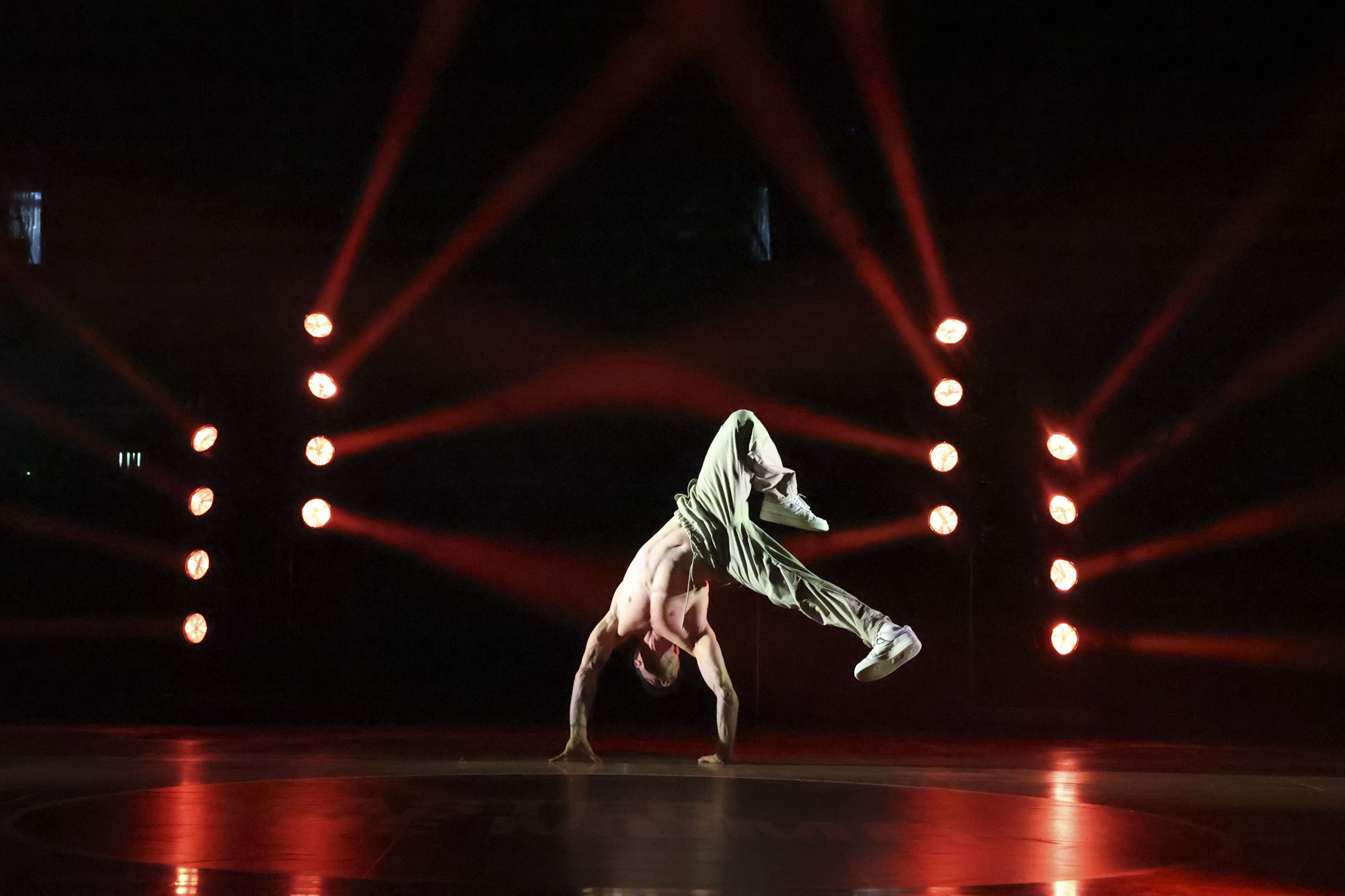
You'll need to register twice to cover both vertical and horizontal shooting in the Eye Control AF setup menu if you want the best performance when mixing between the two. If you regularly mix between shooting vertical and horizontal then that's swapping between the saved settings is a process you'll need to factor in.
I haven't had nearly enough time with the EOS R1 to make conclusive comments about its autofocus performance. What I will say is the proof is in the pudding, and with little effort on my part, I've had perhaps the highest hit ratio of sharply focused sports images of any camera yet. We'll reveal more in a full review soon.







